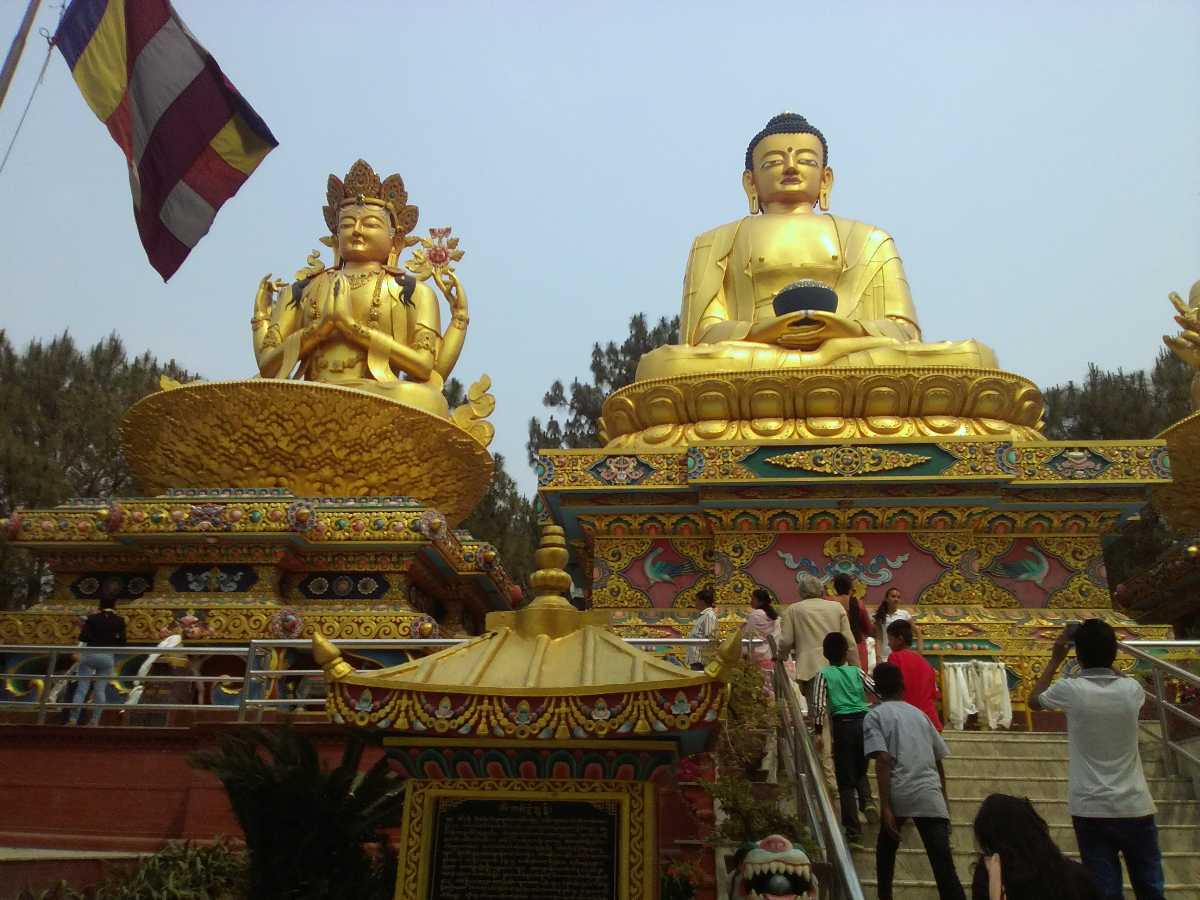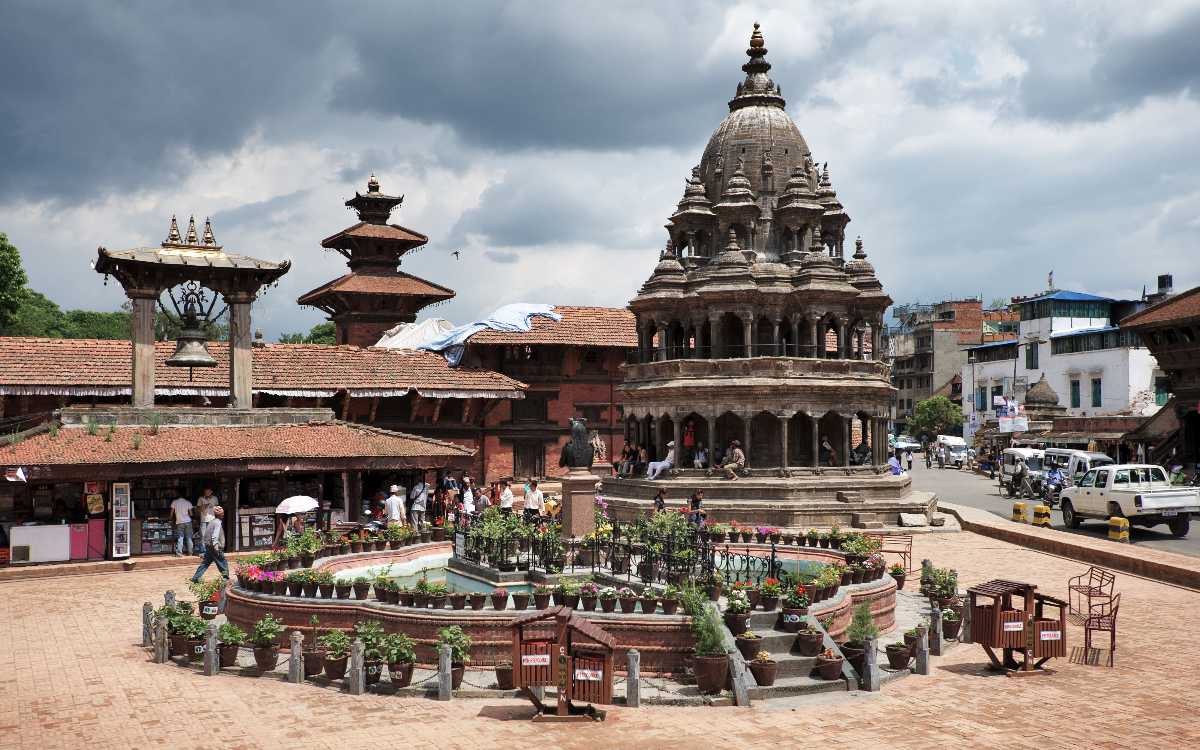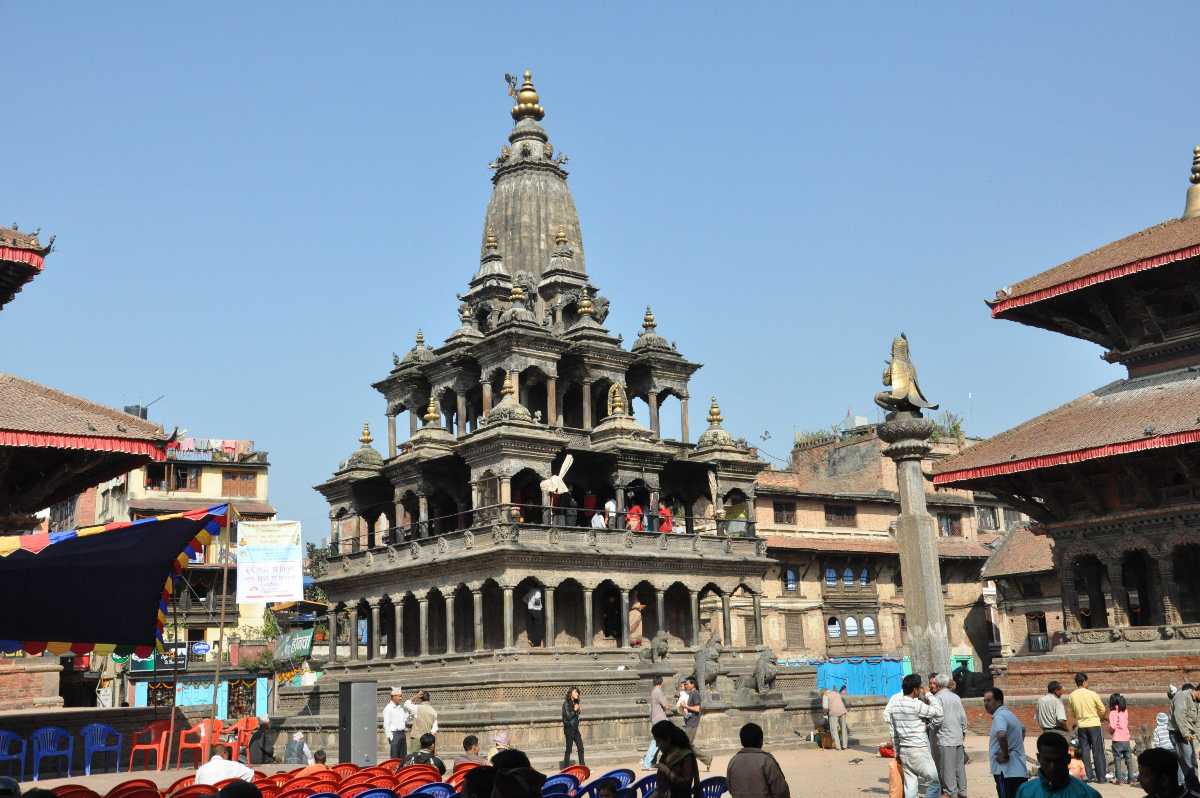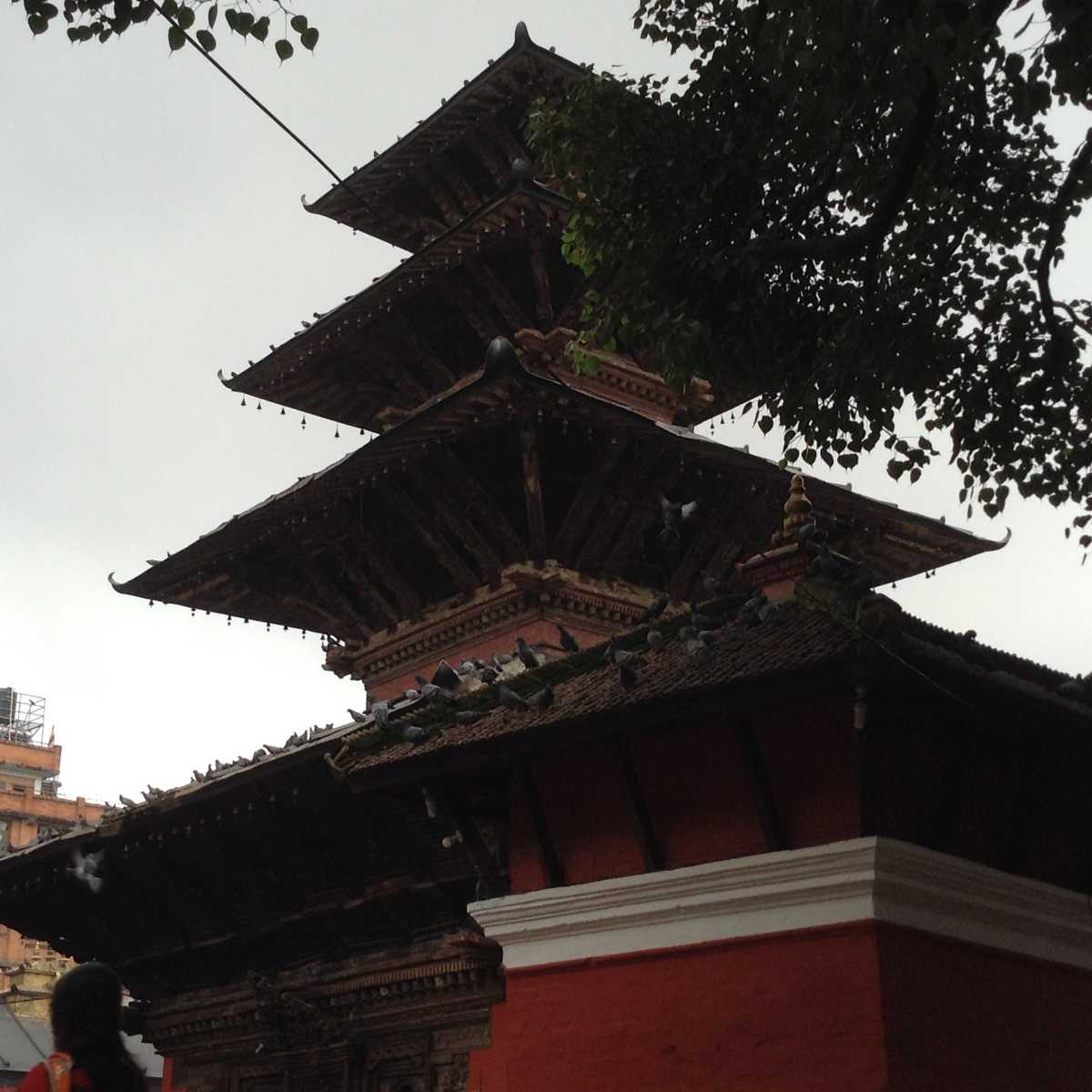Location
In the modern era, Patan was renamed Lalitpur. This historic city is the third-largest city after Kathmandu and Pokhara. Patan is located in the south-central part of the Kathmandu valley.Well, what is the history of Patan? Why is it an essential part of the country’s heritage? Let’s find out.
History of Patan
Patan was founded during the 3rd Century BC by the Kirat dynasty and was later expanded in the sixth century. The city celebrates a chariot festival in honour of a local deity named Bunga Dyah Jatra. It is one of the essential festivals conducted in the country. As the festival lasts for a month, an image of Rato Machhendanath is placed on a chariot, and it is pulled throughout the city of Patan. Many historical records show that Patan is the oldest city in the Kathmandu Valley.According to Kirat chronicle, Kirat rulers lay the foundation of Patan and later on, the Licchavi rulers came into the valley. The present capital of Kathmandu was removed from Thankot to Patan after a Kirat king named Yalamber came into power during the second century.
Historical Connections with Buddhism

There are approximately 1,200 Buddhist monuments all over the city. Patan is an integral part of Buddhism culture as it is home to various historical monuments that define the present status of the culture.
The iconic city was ruled successfully until King Shiva Malla, the ruler of Kathmandu conquered the city and ordered unification of the valley. The development of the city took giant strides during the phase of the 16th and 17th centuries.
The Historical Patan Durbar Square

Patan is always characterised by the iconic Patan Durbar Square. This monument is listed as a part of the seven monuments that make up the Kathmandu Valley World Heritage Site. The Durbar square comprises a Krishna Temple built entirely of stone and is referred to as the most important Hindu Shrine in the valley.
However, the site was heavily damaged by the 2015 Nepal Earthquake.
The Historical First Name
The Golden Temple in north Patan is as ancient as the city. The cobblestones date back to the origin of this ancient city. The first inhabitants were the Newari. These groups of people called the city “Yala”. These facts and statistics provide the complete information of Patan’s history, and hence, Patan gained the status as the oldest city in Nepal.The Dream Which Inspired a King to Build a Temple

Legends in Relation with Patan and Kumbeshwar Temple

As Patan has transformed into a major city, the sources of the sacred water are closed to prevent the water from being polluted. The city hosts the historical Kumbeshwar Mela in August during which the holy water is opened up for all.
The city of Patan consists of many iconic pilgrimage structures. The Ashoka stupa and the Kumbeshwar Temple present the historical image of the city. Without any doubt, the history of Patan is the kernel of the country’s heritage and tradition.
